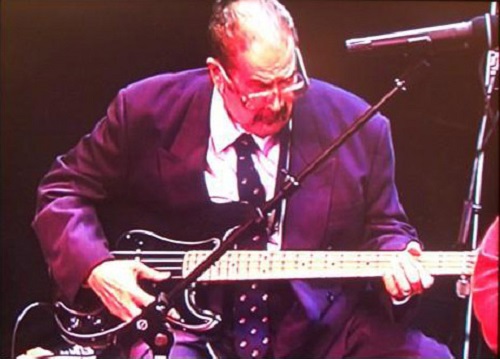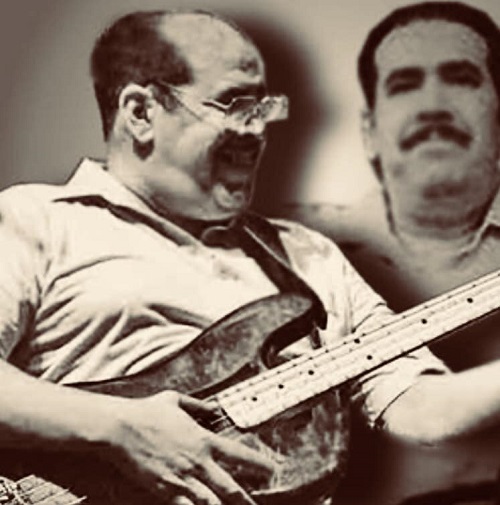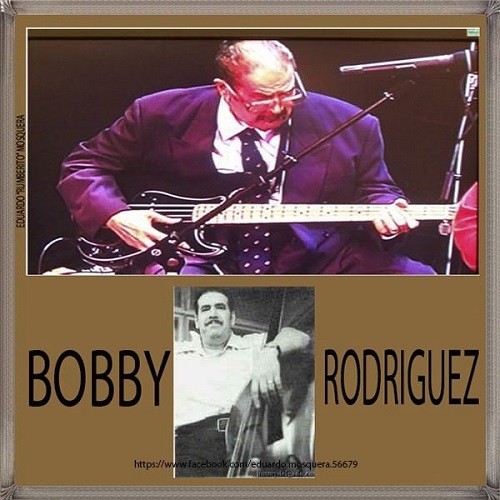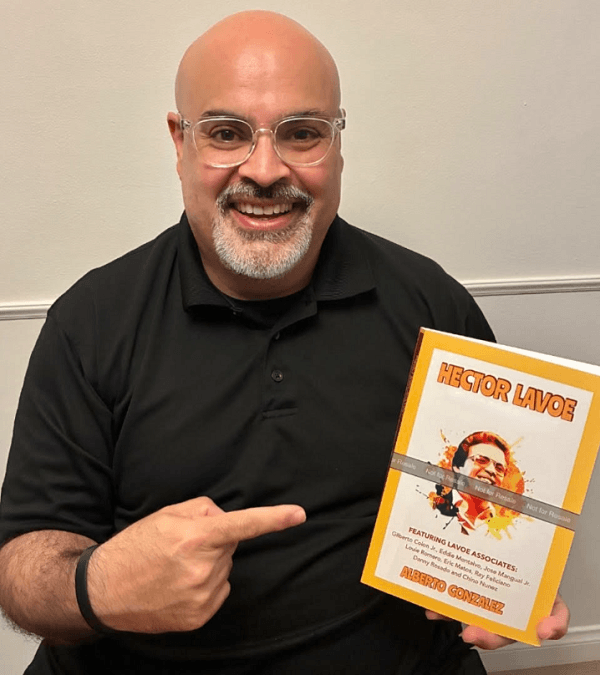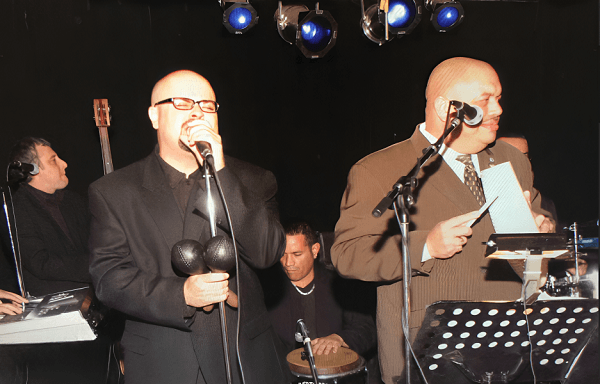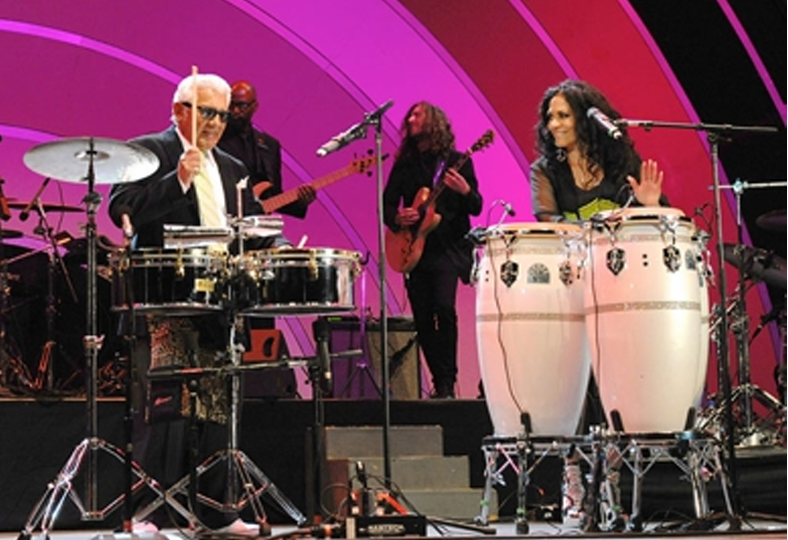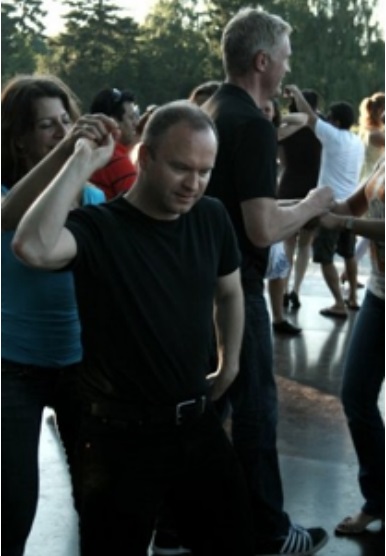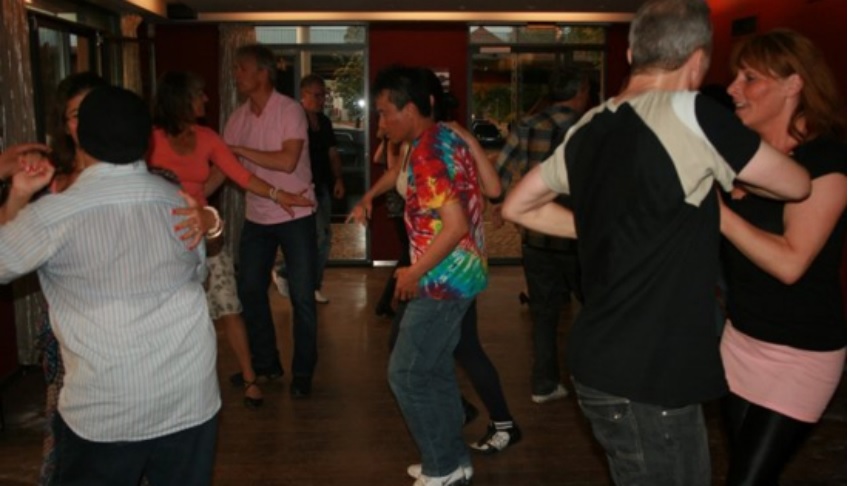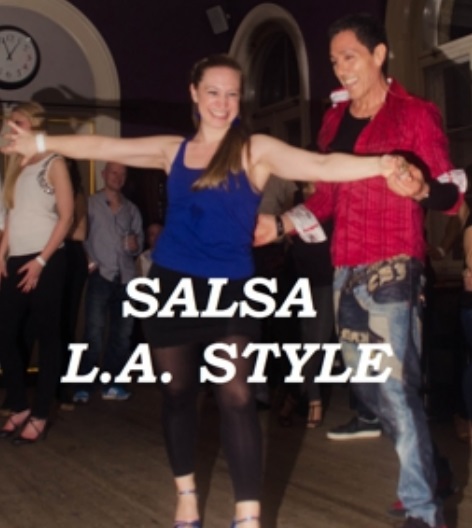Héctor Lavoe y Willie Colón
A finales de los sesenta, el mundo fue testigo de un interés por la música latina, y esta vez, el sonido se llevó a cabo en Nueva York con condimentos puertorriqueños y dominicanos y un condimento basado en los sabores culturales que se mueven en la Gran Manzana.
Fue una mezcla de sonoridades latinas aromatizadas por las calles de Nueva York, que resultó en una especie de guarnición musical que se llamó Salsa.
Concretamente en el año de 1967, que es cuando este sonido cobra vida de la mano de la combinación más letal concebida por nuestra música latina, Héctor Lavoe y Willie Colón.
El primero es oriundo de Ponce con un registro vocal envidiable que se fue a probar suerte a Estados Unidos con tan solo 17 años. El siguiente era un neoyorquino de ascendencia puertorriqueña con el oído más privilegiado de su generación, unido por Johnny Pacheco para iniciar el imperio de los primeros chicos malos de la música latina con el disco “El Malo”.

Esta es la primera producción de Willie Colón que realmente se empieza a grabar en el 66 desde Alegre Records. Sin embargo, el sello cerró y el proyecto se detuvo hasta que recibió la propuesta de Fania Records con la condición de buscar un nuevo vocalista, y es entonces cuando apareció Héctor para terminar el disco.
Cuando se estrenó en el 67, fue un bombazo en todos los sentidos, desde la estética hasta los sonidos sofisticados que Willie capturó como líder de orquesta al traer elementos de mambo-jazz, son montuno, timbales diabólicos por parte de Nicky Marrero, Guaguancó, blues. pianos y Boogaloo.
Todo el mundo hablaba de la trágica vida de Héctor Lavoe, pero Willie Colón vio más allá de eso, e hizo once álbumes de estudio, lo vio como un dulce chico de campo con buen sentido del humor. Lo vio como el mito antes de convertirse en tal.
Willie Colón & Héctor Lavoe, este dúo es considerado uno de los más importantes de la música salsa.

Criado entre los “chicos malos” del Bronx, Nueva York, Willie Colón se ha hecho a sí mismo a pulso y ritmo, innovando y esforzándose siempre por ofrecer algo diferente. Y no fue fácil. Así que tuvo que inventar otro Willie con el que nadie se enredara.
Así nació “El Malo” con una niñez poco común, también es “El Malo” de Salsa, el que cambia las reglas en cada disco. Su familia era de Puerto Rico y llegó a Nueva York en la segunda década del siglo XX. Su madre tenía 16 años.
Su abuela fue la que le regaló su primera trompeta, le enseñó a hablar español, también tocó música tradicional a cambio de que él le leyera el periódico.
Willie tocaba la trompeta y ese parecía ser su instrumento. Luego escuchó el solo de trombón de Barry Rogers quien tocó la pieza “Dolores la Pachanguera” con Joe Cotto y también descubrió lo que hacía Mon Rivera con el bombo y el trombón y nunca quiso volver a tocar la trompeta.
William Anthony Colón Román es una leyenda viviente. No cualquiera celebra más de medio siglo de carrera musical sin mostrar demasiadas cicatrices en su vena artística.
Así nació “El Malo”, con una niñez poco común, lo que también lo llevó a adoptar el nombre a su pasión por la música, pasando a ser conocido como El Malo de la salsa. Cambia las reglas introduciendo algo diferente con cada álbum. Su familia era de Puerto Rico y llegó a Nueva York en la segunda década del siglo XX. Su madre tenía 16 años en ese momento. Su abuela le regaló su primera trompeta, le enseñó a hablar español y también le tocó música tradicional a cambio de que leyera el periódico.
Willie tocó la trompeta como su instrumento hasta que escuchó el solo de trombón de Barry Rogers a dúo con Joe Cotto en la pieza “Dolores la Pachanguera” desviando su interés por ese instrumento pero descubriendo lo que hacía Mon Rivera con el bombo y el trombón. lo llevó a no volver a tocar la trompeta.
William Anthony Colón Román es una leyenda viviente. No todo el mundo celebra más de medio siglo de carrera musical sin mostrar demasiadas cicatrices en su vena artística lo que lo convierte en un ícono de la salsa.

